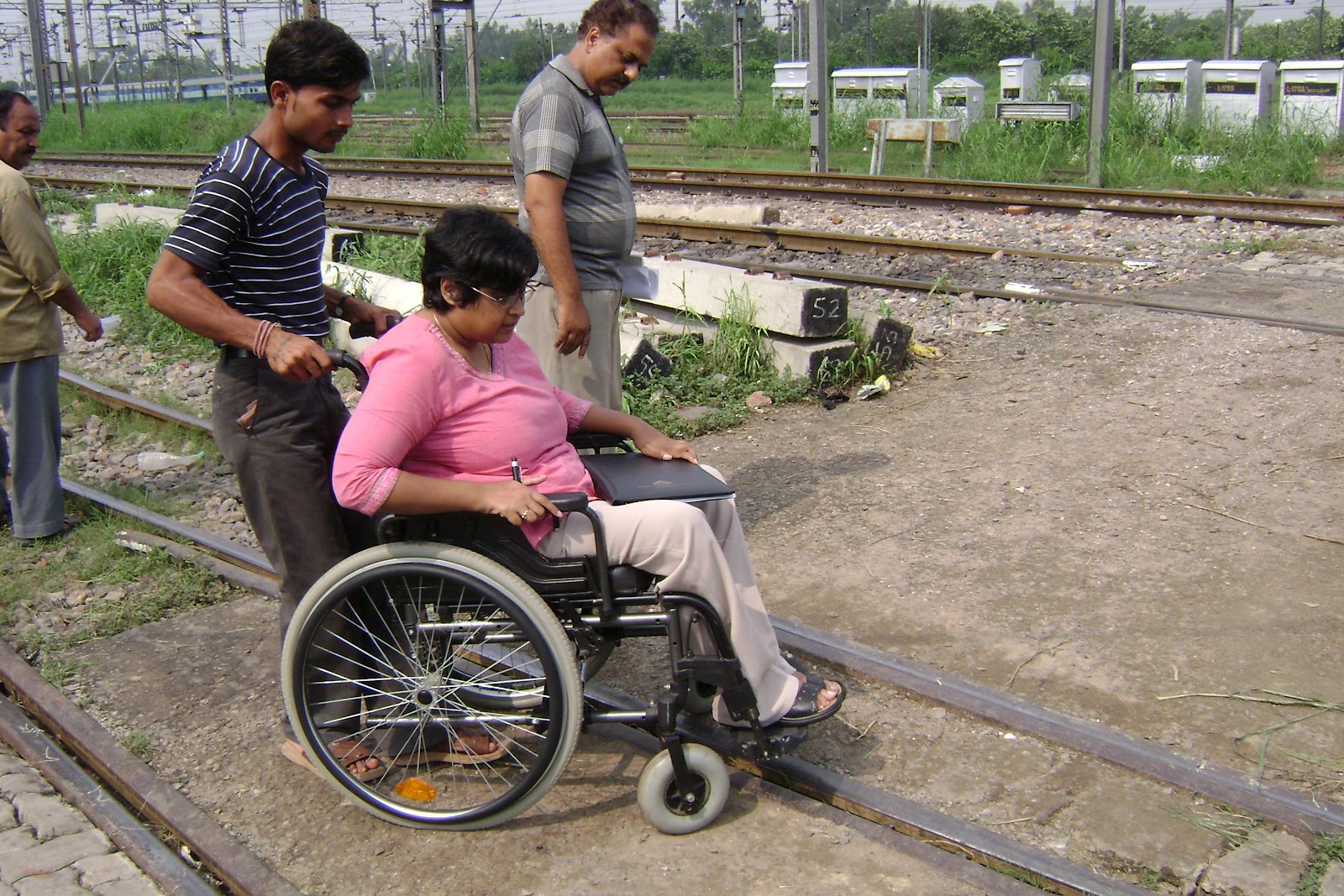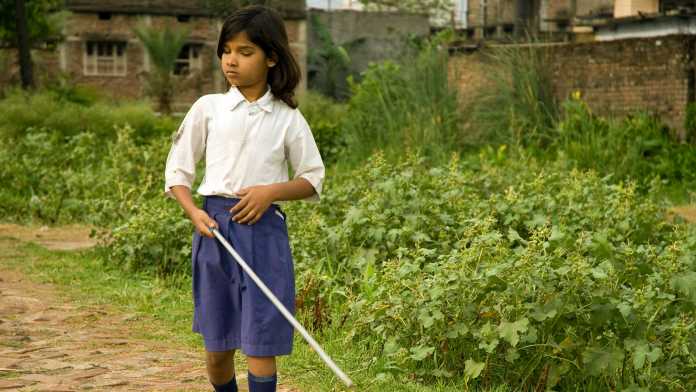Whether you’re at the mall, in a theatre or dining out, you will most likely observe that the absence of any handicapped or disabled people most certainly stands out. The lack of measures and facilities for the disabled in our country only prove that we clearly have a long road ahead of us, in ensuring a disabled-friendly environment.
The 2011 Census records that 2.21% of India’s population is handicapped, which accounts for 2.7 crore people. Besides accessibility being their biggest hindrance, lack of education, stigmatization, and social vulnerability only adds to the list. Although surgical intervention and technological innovations have certainly paved the way, it still remains a long road ahead.
People with disabilities are still seen as objects of ‘pity’ and ‘sympathy’. And in extreme cases, they become targets of harassment and bullying.

Hotels, theatres and many other places are not equipped with ramps for people who are wheelchair-bound. At the recently-held I am Woman awards function, activist Preethi Srinivasan, who is also wheelchair-bound, shared her experience of the lack of facilities, adding that the issue has only barred her from leading a much more fulfilling life.
Another source, who is deaf and makes use of a hearing aid, speaks of the horrific time he had in school and securing himself a job, “I was bullied by my peers in school. Some of them even pulled out my hearing aid and mocked me. I thought it would get better as I grew up but I was wrong. People refused to give me jobs because I was some kind of ‘burden’ to them.” Although there are websites that offer specialized jobs for people with a disability, there aren’t many big companies that would willingly open their doors to the disabled.
When was the last time a disabled actor played a lead role in a film? Although there exists laws and rights protecting disabled persons, very little has been done to imply what the law specifies. A number of residential buildings lack facilities for them, they cannot venture out onto the roads without having to take someone along with them, and watching a movie in a theatre remains a distant dream, especially for those relying on a wheelchair for their mobility.
So, what can we do?
In hindsight, the problem could be solved if preconceived notions about these people with disabilities. At the individual level, we must treat handicapped people no less different than how we treat people in our everyday lives. If you see someone bullying or harassing them, be kind and brave enough to put a stop to it. Guide a blind person to where he/she wants to go, especially if they’re crossing the road. Always remember, the change starts with you.
At a higher level, monetary restrictions in the state make it tough to implement facilities necessary for the disabled. However, it’s an investment that needs to be made. Educational institutions must also do their part, providing for comfortable facilities for these students, thereby ensuring the right to education for all.
Employers must not discriminate against or label a candidate ‘unsuitable’ for a particular job owing to their disability. Additionally, companies must provide a safe and secure environment for them to work in, and have policies in place, against the harassment of these individuals.





























